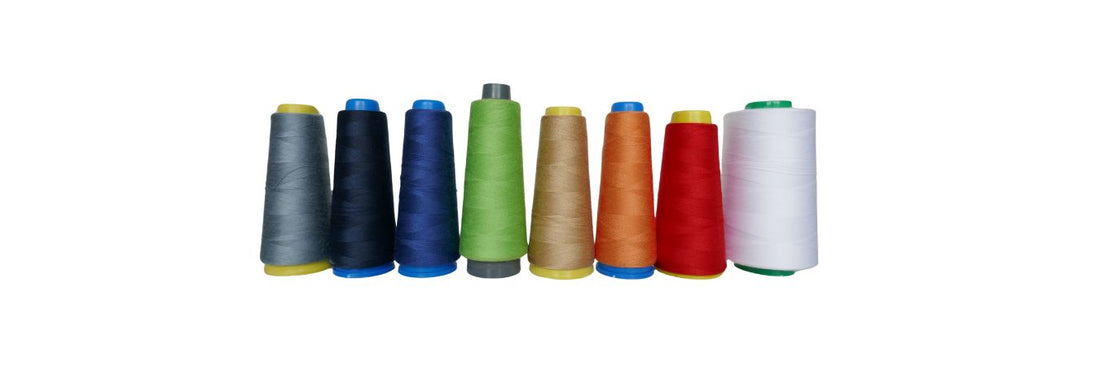As some who runs a clothing company, the single biggest request I get is: can you do more colours? It's a good request, but it's also a painful one.
The fact is, adding more colours is not that simple. Even big retailers like M&S or Next don't have unlimited choice. And there are two very good reasons for that.
How minimum order quantities (MOQs) work
When ordering clothes, factories have 'minimum order quantities' (MOQs). In other words, you can't just buy 10 t-shirts. You have to buy in bulk, in order for it to be worth the labour, setting up machines, and so on.
Usually the MOQ is 250-350. And this is per colour. If you want to buy 10 colours, that's 2500 units minimum. For most small businesses, that's a lot of cash!
Sometimes it is possible to buy fewer - 100, for instance. But the factory usually applies a surcharge to this to cover the costs. Last time, I was quoted a 39% surcharge, which in most clothing businesses (including mine) would result in a loss.
Fun fact: grey is a special case. The MOQs for grey are usually higher, because the colour is specially mixed from white and black threads (called grey melange), rather than just using a single dye.

Clothing companies need to avoid excess stock
Apart from the upfront cost, adding more colours has a second problem. Put simply: what if no-one buys it?
Colour is often trend-led. Most recently, beige and brown has been in vogue. But if you stock up on clothes in these colours you could end up with a big beige warehouse, and no cash.
This is a huge risk for even the biggest clothing companies, such as ASOS, who in 2023 reported over £1.1 billion in excess inventory. As you can imagine, companies that chase trends are much more susceptible to this.
For small businesses like ours, one way to avoid this is to limit the colour options and stick to classic designs.
Which colour garments are most popular?
For t-shirts, white. Then black. Overwhelmingly.
After that, you'll have a big mix of grey, off-white, navy, maybe burgundy and green. Larger sizes tend to sell more in dark colours.
For polo shirts, people are a bit more adventurous.
Black and navy are the most popular. After that, my most common requests are bottle green, grey, burgundy, light blue, white, other general pastel shades. Polos are more seasonal, with lighter colours requested more for summer.
-
Hope that was interesting, and went some to explaining why it might take a bit longer to offer the full range of colour options!
Jack, Founder of Ruler of London

